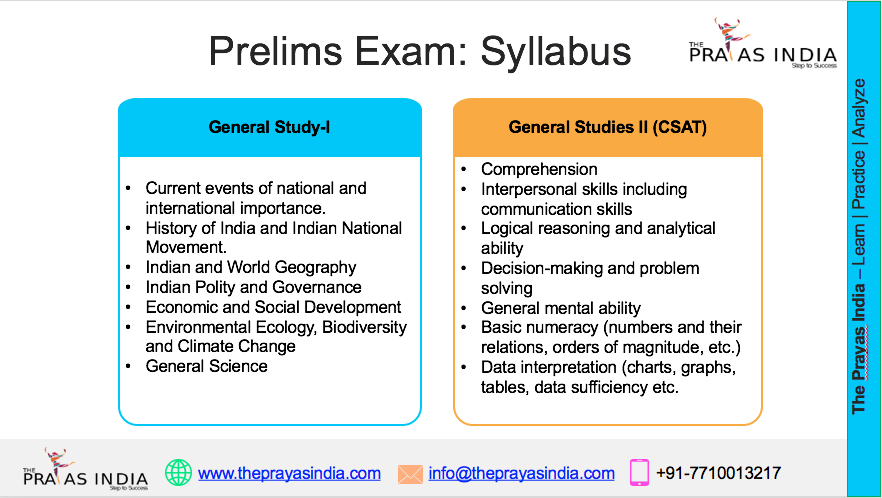Important CoPs of CBD
UPSC Prelims GS Paper 1 and Mains GS Paper 3 (Environment & Ecology – International Conventions, Biodiversity, Conservation Initiatives).
Introduction
The Convention on Biological Diversity (CBD) is an international, legally binding treaty that emerged from the 1992 Rio Earth Summit. Its three core objectives are:
- Conservation of biological diversity,
- Sustainable use of its components,
- Fair and equitable sharing of benefits arising from the utilization of genetic resources.
CBD covers all genetic resources, species, and ecosystems. Recognized as a “common concern of humankind,” it mainstreams biodiversity into development and emphasizes supporting developing countries with finances and technology. The Conference of Parties (CoP) is the supreme body responsible for reviewing implementation and setting further goals for global biodiversity conservation.
Important CoPs of the CBD: Key Agreements and Outcomes
- COP 1 (Nassau, Bahamas, 1994): Laid the institutional framework of the CBD and adopted the first work program for biodiversity conservation.
- COP 6 (The Hague, 2002): Adopted the Bonn Guidelines on Access to Genetic Resources and Benefit-Sharing; launched the Global Strategy for Plant Conservation.
- COP 10 (Nagoya, Japan, 2010): Adopted the Nagoya Protocol on Access and Benefit Sharing (ABS) and the Strategic Plan for Biodiversity 2011–2020 with the Aichi Biodiversity Targets.
- COP 13 (Cancún, Mexico, 2016): Emphasized mainstreaming biodiversity into agriculture, fisheries, forests, and tourism.
- COP 14 (Sharm El Sheikh, Egypt, 2018): Focused on mainstreaming biodiversity in key productive sectors and initiated the process for a post-2020 Global Biodiversity Framework.
- COP 15 (Kunming, China & Montreal, Canada, 2022):
- Kunming-Montreal Global Biodiversity Framework (GBF):
- Conserve at least 30% of global land and oceans (“30×30” goal).
- Mobilize at least $200 billion per year by 2030 for biodiversity finance.
- Reduce or reverse species extinction rates, minimize pesticide use.
- Strengthen Indigenous and local community participation.
- Kunming-Montreal Global Biodiversity Framework (GBF):
- COP 16 (Cali, Colombia, 2024):
- Operationalized the “Cali Fund” for sharing benefits from digital sequence information (DSI).
- Advanced strategies for Indigenous rights and resource mobilization.
The Conferences of Parties (CoPs) to the Convention on Biological Diversity have been instrumental in shaping global efforts to conserve biodiversity, promote sustainable use, and ensure fair benefit-sharing. From establishing key protocols like Nagoya and Kunming-Montreal Global Biodiversity Framework to operationalizing funds for indigenous communities and setting ambitious conservation targets, these CoPs represent critical milestones in international environmental governance. Continued global cooperation, effective implementation of commitments, and inclusive participation of indigenous peoples and local communities remain pivotal to halting biodiversity loss and achieving sustainable development worldwide.




![Prayas-तेजस [UPSC CSE Sociology Optional] – Online & Offline](https://theprayasindia.com/wp-content/uploads/2025/09/Prayas-तेजस-UPSC-CSE-Optional-Subject-The-Prayas-India-300x300.png)
![Prayas-सूत्र [UPSC CSE Materials (Hardcopy)]](https://theprayasindia.com/wp-content/uploads/2025/09/Prayas-सूत्र-UPSC-CSE-Study-Materials-Hardcopy-The-Prayas-India-300x300.png)
![Prayas-मंत्रा [UPSC CSE CSAT]](https://theprayasindia.com/wp-content/uploads/2025/09/Prayas-मंत्रा-UPSC-CSE-CSAT-The-Prayas-India-300x300.png)
![Prayas सारथी [UPSC CSE One on One Mentorship]](https://theprayasindia.com/wp-content/uploads/2025/09/Prayas-सारथी-UPSC-CSE-One-on-One-Mentorship-The-Prayas-India-300x300.png)










